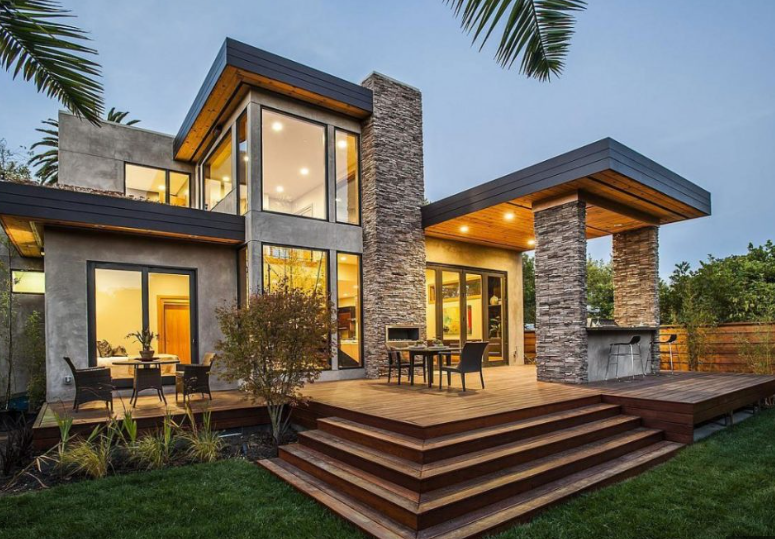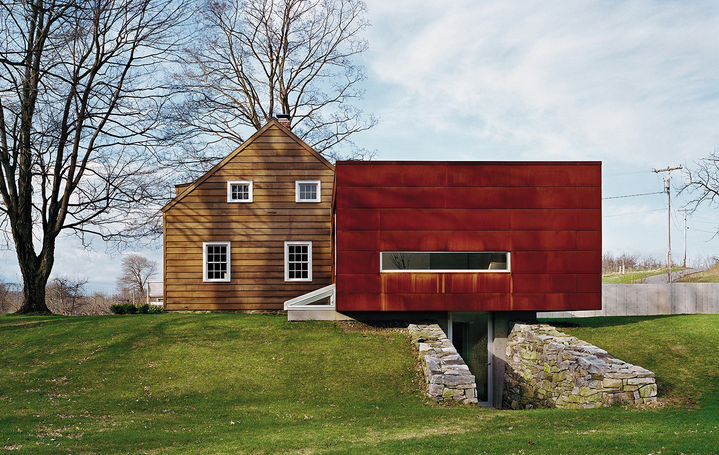Designing for aging in place involves creating homes that support the needs of individuals as they grow older, enabling them to live comfortably and independently within their familiar environments. This approach to architectural design considers a range of factors, including accessibility, safety, and functional adaptability, to ensure that homes are conducive to the changing needs of older adults. By incorporating thoughtful design elements, architects and designers can create living spaces that support aging in place, promote well-being, and enable individuals to remain in their homes throughout their later years.

Universal Design
Universal design principles ensure that living spaces are accessible and usable for individuals of all ages and abilities. Incorporating elements such as step-free entrances, wider doorways, lever-style door handles, and zero-threshold showers allows for comfortable and barrier-free living, accommodating mobility aids and facilitating ease of movement.
Single-Level Living
A single-level floor plan minimizes the need to navigate stairs, reducing the risk of falls and offering convenience for individuals with mobility challenges. Accessible spaces enhance overall safety and encourage independent living for older adults.
Safety Features
Implementing safety features such as non-slip flooring, secure handrails, and well-lit pathways enhances the safety and comfort of aging residents. Additionally, incorporating features such as grab bars and shower seats can provide added security in bathrooms.
Adaptable Living Spaces
Designing adaptable living spaces allows for flexibility to accommodate changing needs. This may include leveraging open layouts, wider hallways, and spaces that can be easily modified to support various activities and mobility aids.
Abundant Natural Light
Maximizing natural light within the home not only enhances the aesthetic appeal but also contributes to a sense of well-being. Large windows, skylights, and well-placed artificial lighting can improve the overall ambiance and visual comfort within the residence.
Thoughtful Landscaping
Accessible outdoor spaces, well-maintained pathways, and well-lit exterior areas contribute to the functionality and safety of the entire property. Thoughtful landscaping can provide opportunities for outdoor activities and engagement while supporting mobility and access.
Smart Home Technology
The integration of smart home technologies, such as automated lighting, remote monitoring devices, and emergency response systems, can provide added security, convenience, and peace of mind for aging occupants. These technologies can support independent living while fostering a sense of safety and connectivity.
Community Integration
Architectural design that facilitates integration with community amenities, public transportation, and essential services can support continued engagement and social connectivity for older adults, promoting a sense of community and inclusion.
By embracing these design principles, architects can create homes that prioritize comfort, accessibility, and safety, enabling individuals to age in place with dignity and independence. In doing so, they contribute to the creation of living environments that support the evolving needs of older adults and promote a higher quality of life across the lifespan.
